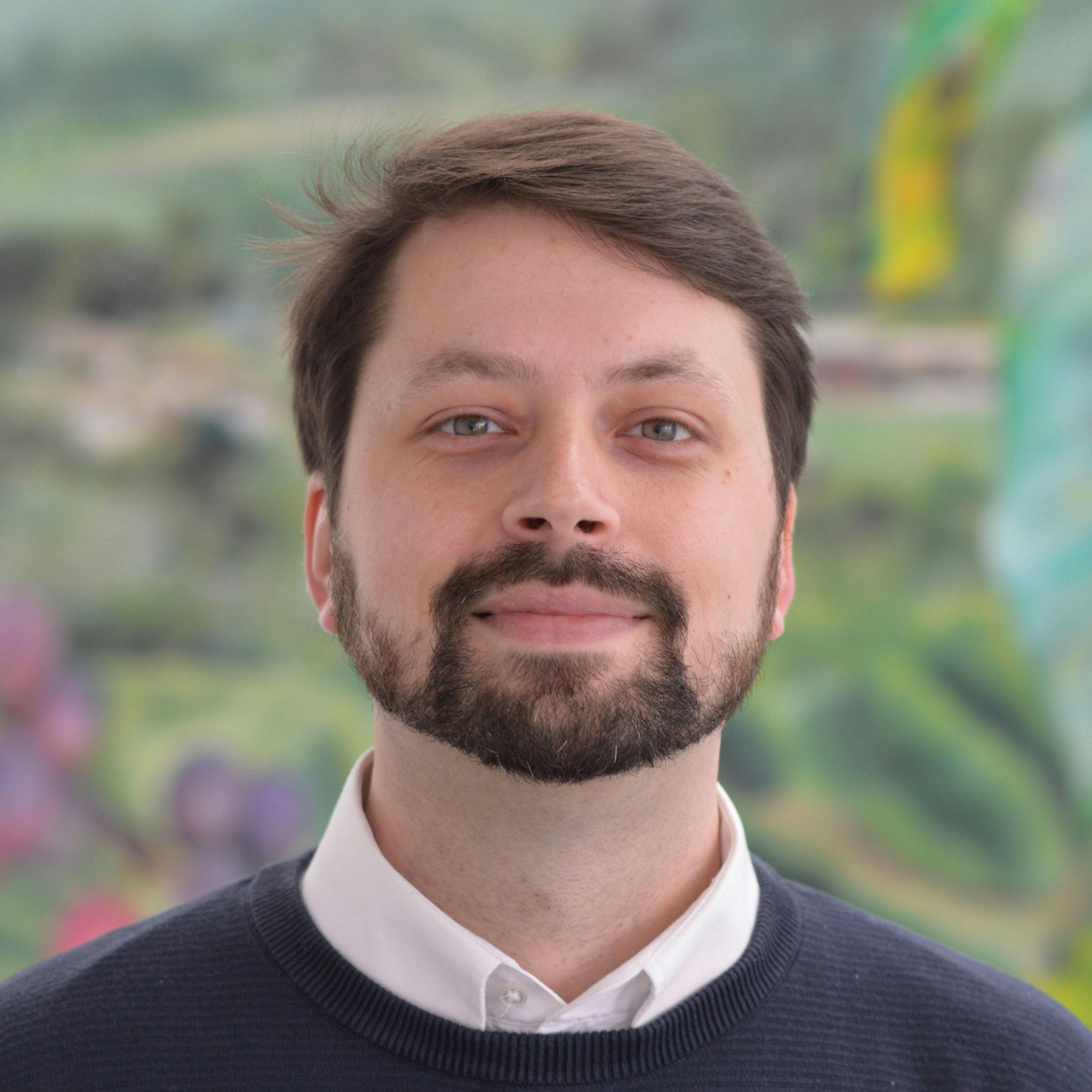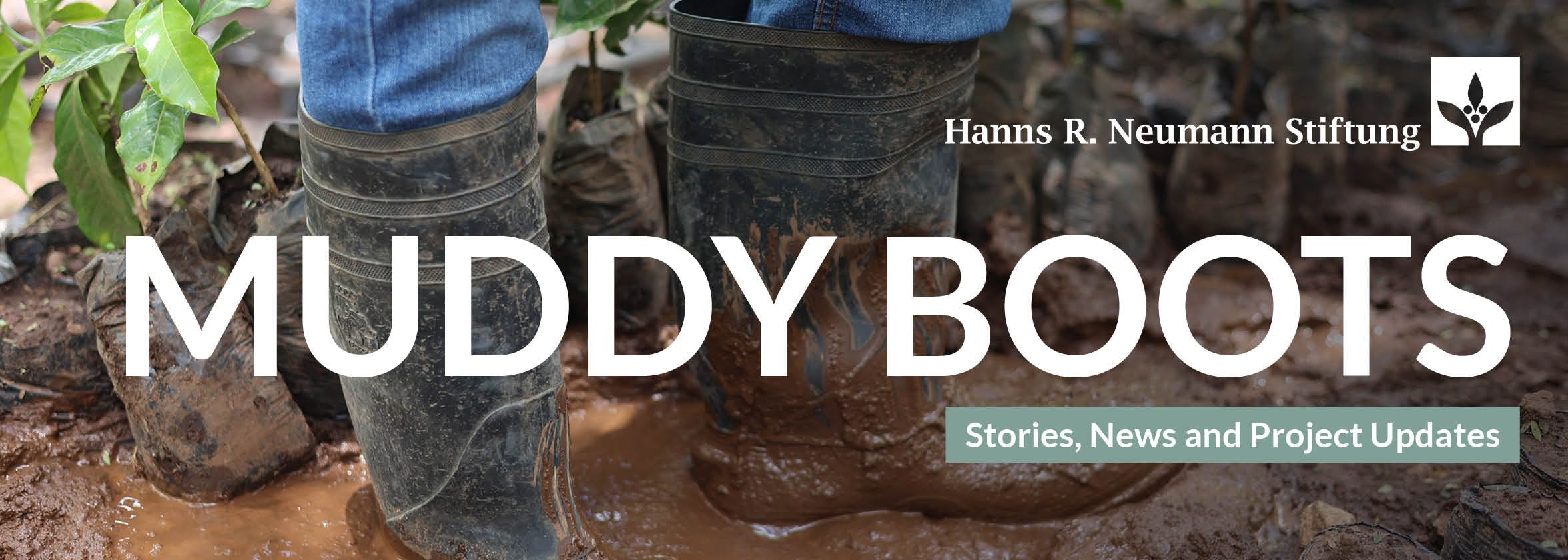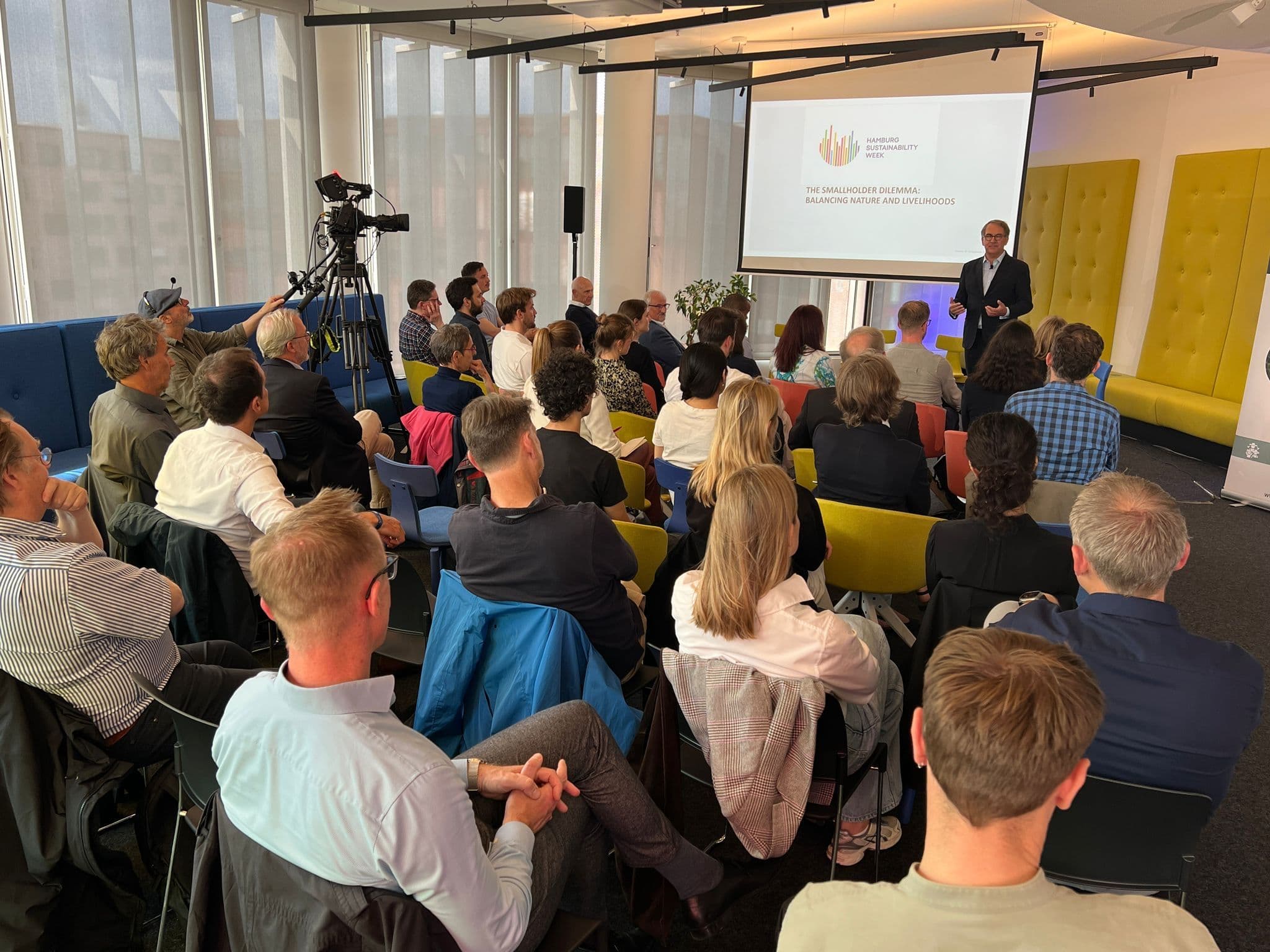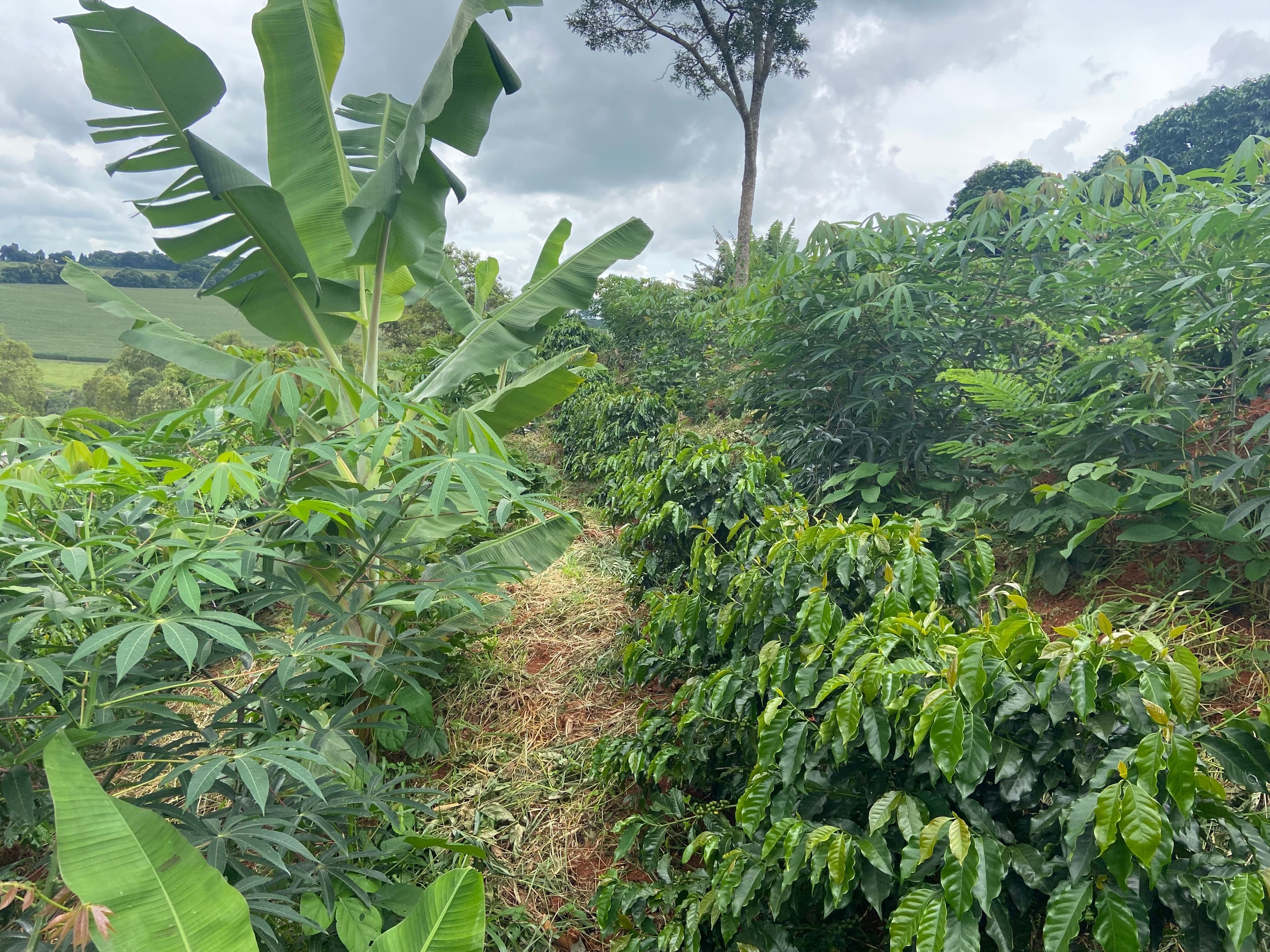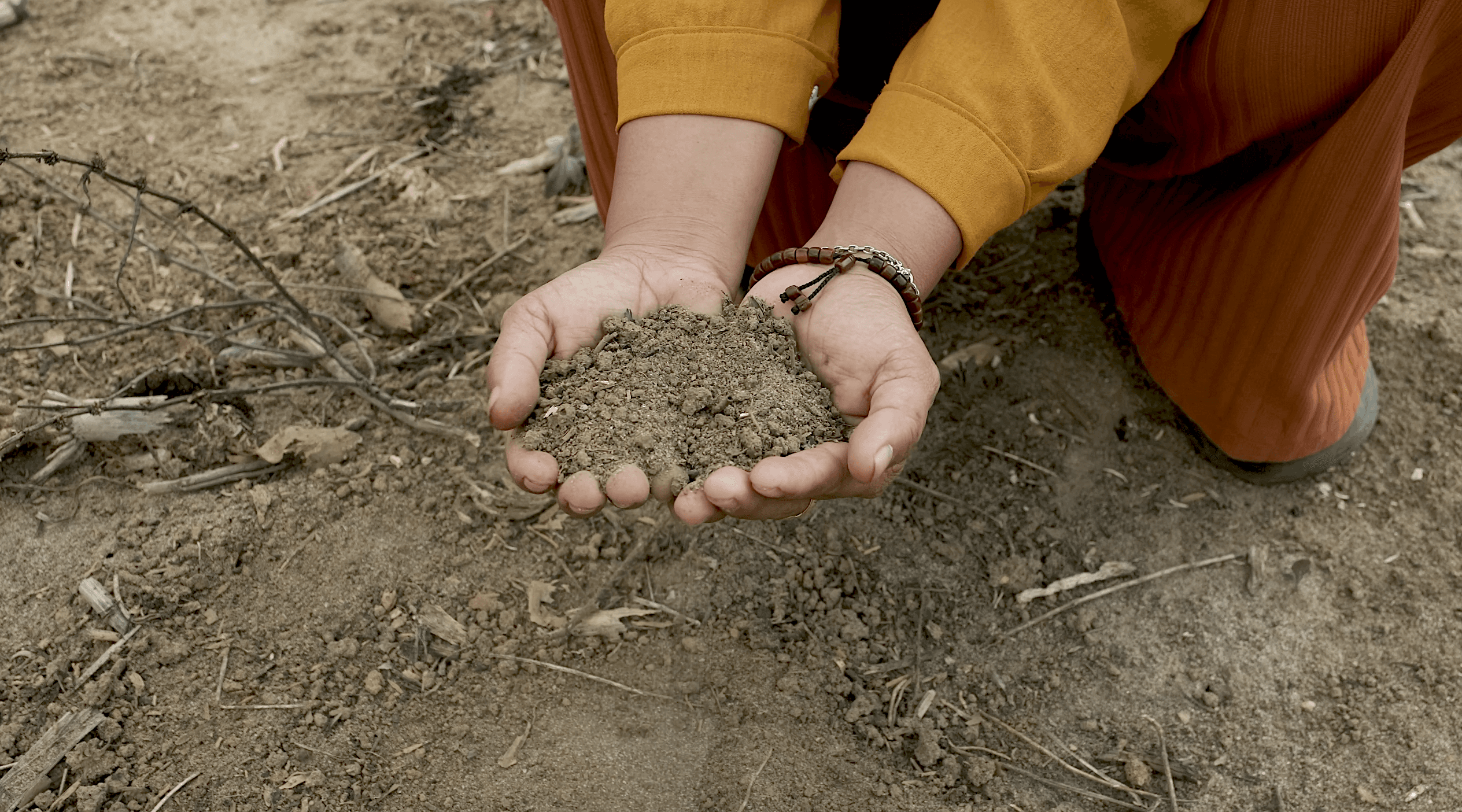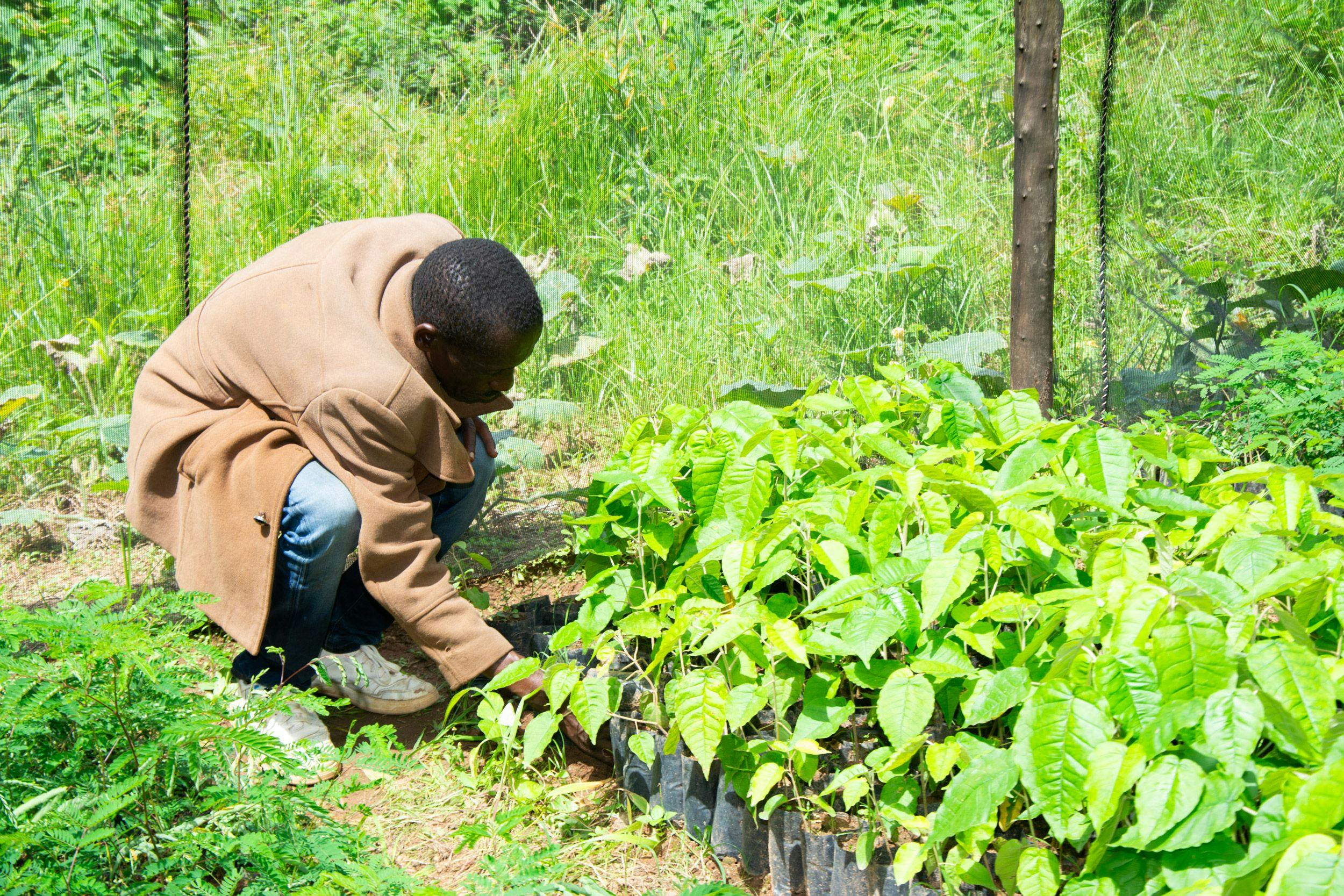Coffee Landscapes in Ethiopia: Restoration instead of Deforestation
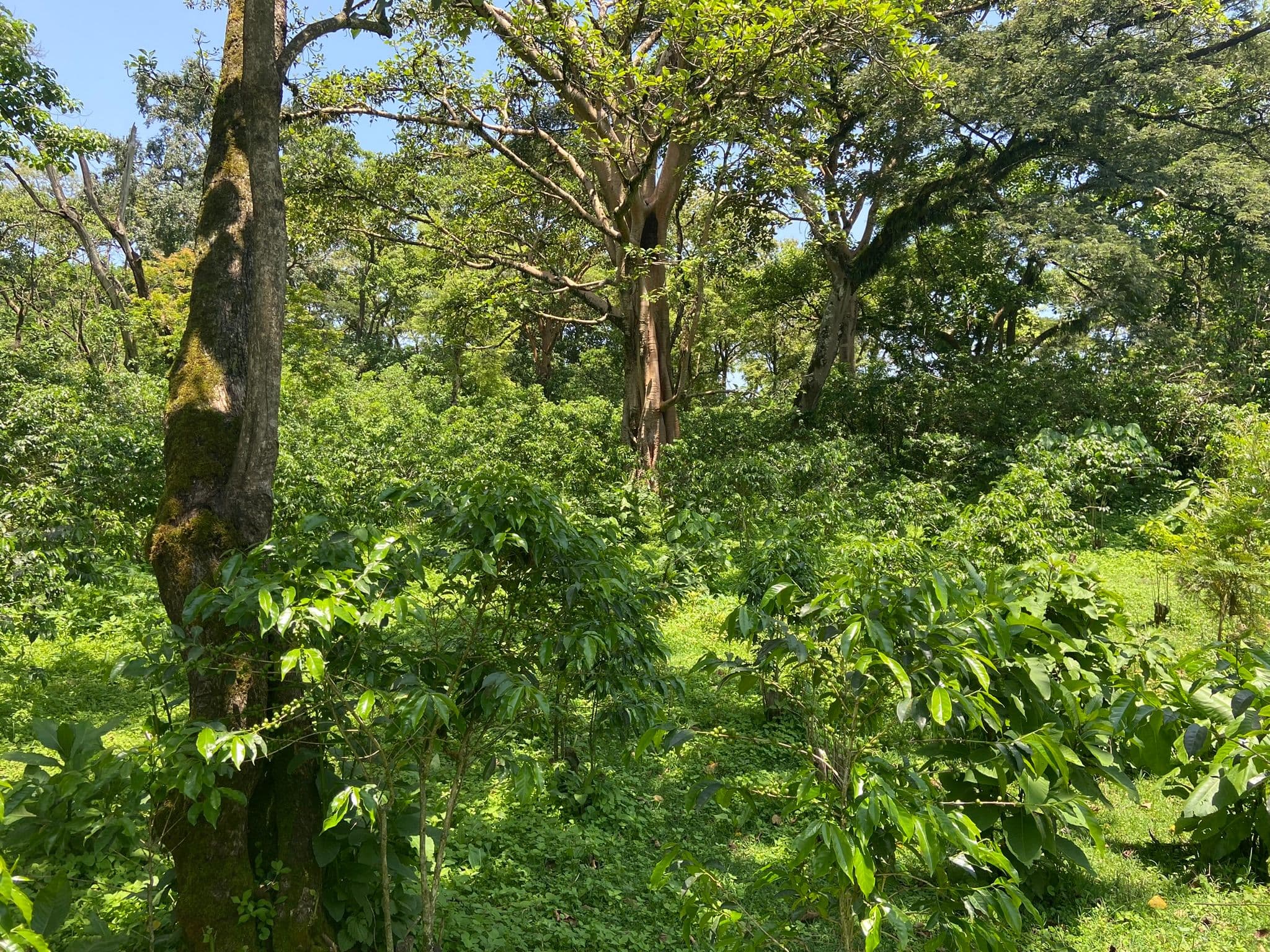
There are estimates that the yearly increase of coffee land reaches about 100,000 ha pointing towards a critical issue: Deforestation. Michael Opitz, Managing Director of Hanns R. Neumann Stiftung (HRNS) comments: “At HRNS we are viewing trees as important elements in our programming efforts.” However, this does not stop at combating deforestation but includes “developing sound cooperation formats with farmers, qualified organizations and authorities to promote forests and agroforestry systems as components in sustainable coffee landscapes”. Supporting reforestation and aiding the compensating of smallholder families for ecological services (e.g. connecting them to the carbon market) complement the HRNS project portfolio. And within that range also falls the EU YAYU DeSIRA project in Ethiopia (funded by the European Union as part of its DeSIRA initiative, "Development Smart Innovation through Research in Agriculture") of which HRNS is part and acts as coordinating implementer.
A rich and dense forest in ethiopia
About 640 kilometres southwest by west of Ethiopia’s capital Addis Ababa lies a nature reserve which is the centre of origin for Coffea arabica, the most popular coffee variety worldwide. The protected area is located within the Illubabor Zone of the Oromia Region. It’s called Yayu reserve and it is the most important forest in the world for the conservation of wild coffee diversity (coffee forest). It also plays a major role in conserving Oromia’s natural and cultural sites. Yayu includes a biodiversity hotspot of Eastern Africa’s mountainous regions and contains important archaeological and ritual sites. It covers 167,021 hectares and stretches over six districts.
However, currently more than 150,000 people live in and around the Yayu area, and they mainly depend on agricultural means for their livelihood – mostly coffee production. Subsequently the forests of the region have come under considerable pressure by agricultural expansion, firewood gathering, new settlements and infrastructure development. Between 2005 and 2010 deforestation rates reached 0.7 % annually.
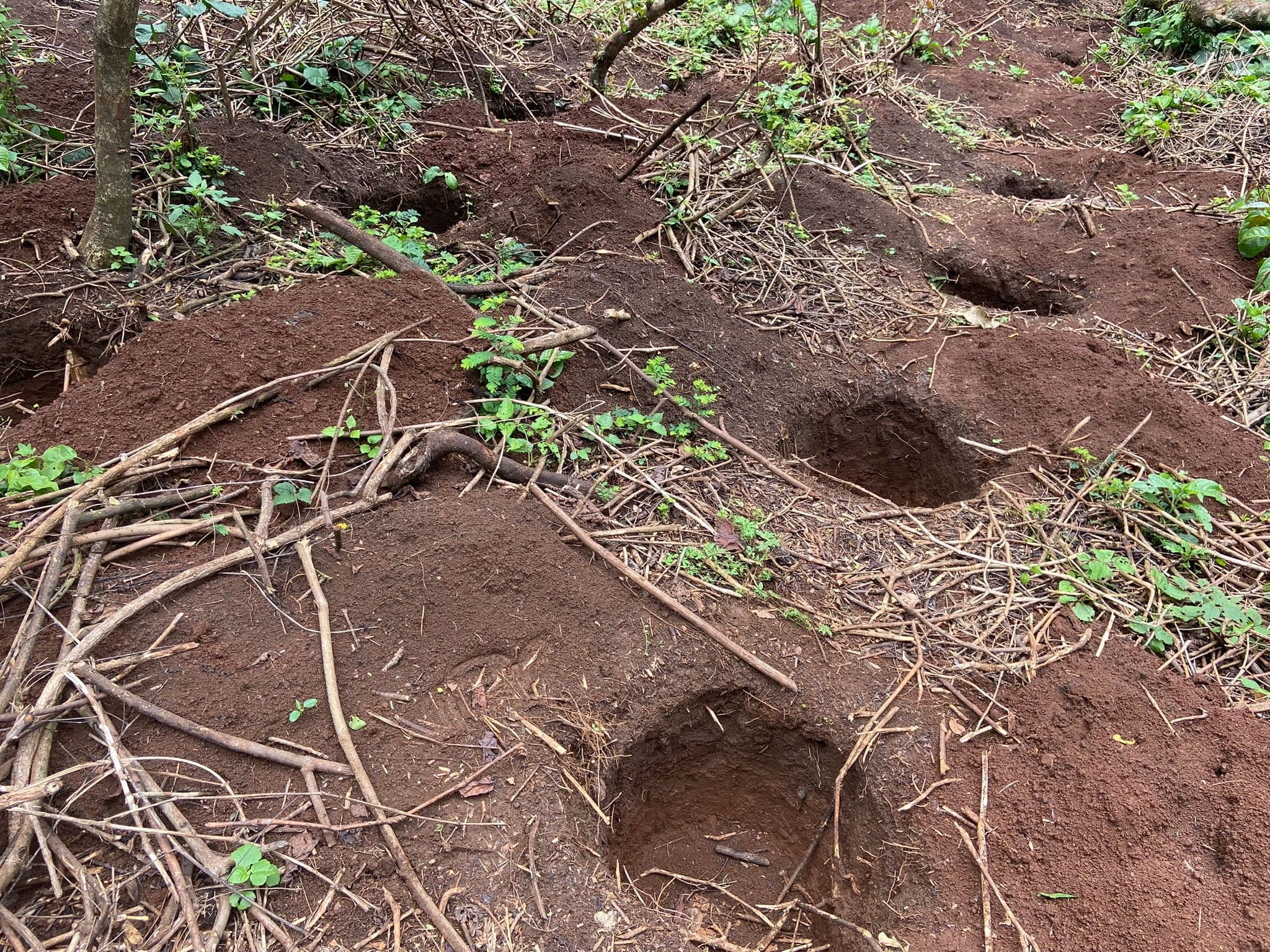

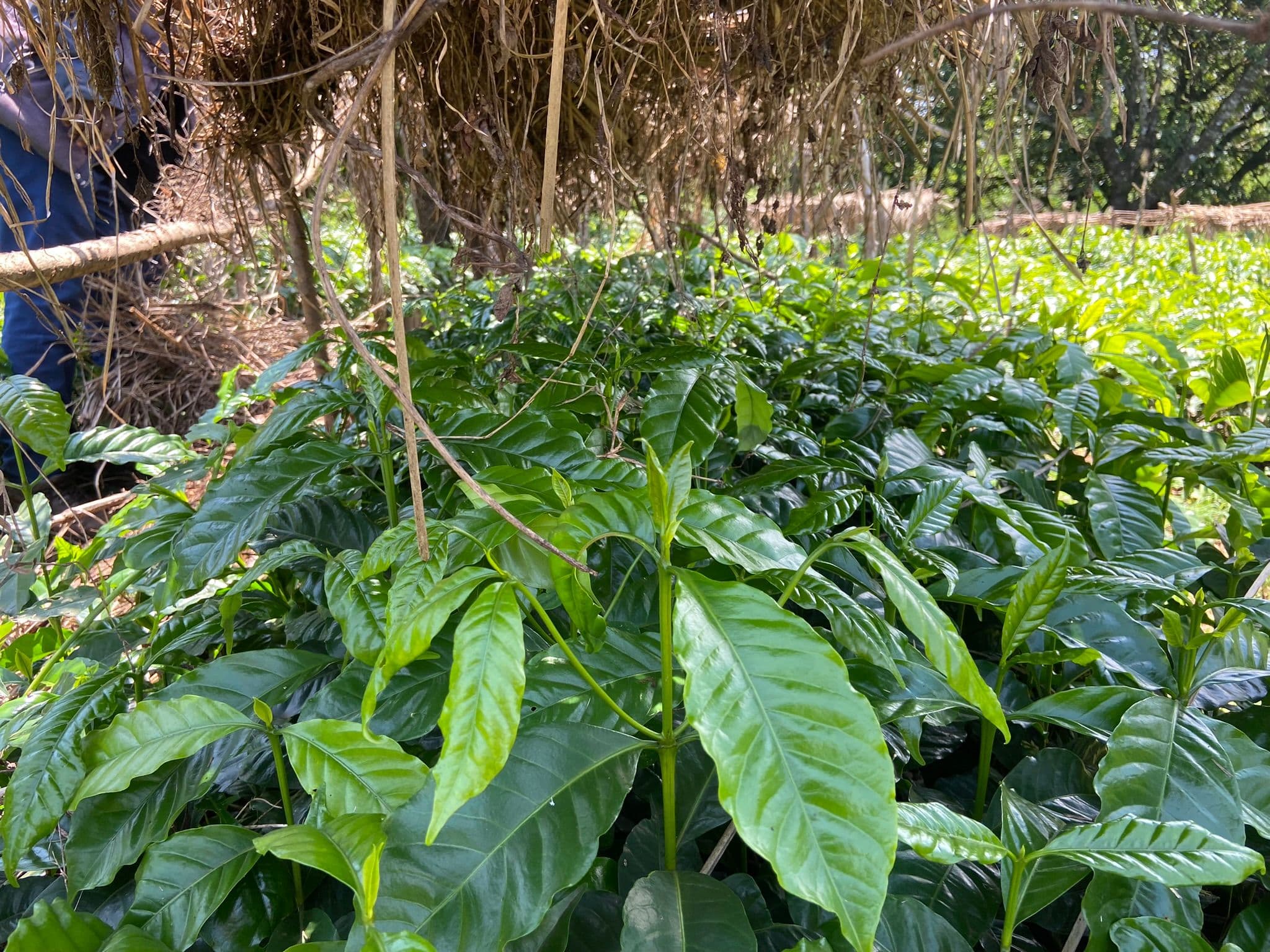
Thus, in 2010 Yayu was designated as a Biosphere Reserve by the United Nations Educational, Scientific and Cultural Organization (UNESCO) and made part of UNESCOs’ Man and the Biosphere (MAB) programme. The MAB programme aims to establish a scientific basis for enhancing the relationship between people and their environments and it started to succeed: Deforestation rates quickly dropped to 0.4 % per year in Yayu. However, the drivers of deforestation have not disappeared completely and need to be further mitigated.
That’s why MAB aims to make use of the natural and social sciences in order to improve human livelihoods while safeguarding natural and managed ecosystems at the same time. The idea is to promote innovative approaches to economic development that are socially adequate, culturally appropriate and environmentally sustainable as well.
Three zones to protect the forest
Yayu, like all UNESCO biosphere reserves, consists of three zones with special relevance to the local population:
- The “core areas” natural environment is legally strictly protected. Research is the single human activity which is allowed in it.
- The “buffer zone” surrounds the core area and comes with some restrictions too. Human activity in this area should be compatible with the conservation goals. This e.g. includes collecting natural products in a sustainable manner but excludes logging or clearing the forest for agricultural use.
- However, within the wider “transition area” adjacent to the buffer zone, the focus lies on stimulating sustainable economic activities. This includes ecologically sound and traditional agriculture, ecotourism and small businesses such as coffee growing, bee-keeping, spice gardening and horticulture. Additionally afforestation and sound management of non-forest areas like agricultural land, wetland, grassland, communal forests and even settlement areas are crucial to preserve biosphere as a whole.
In order to sustainably contribute to improved environmental resilience and food security in the Yayu Coffee Forest Biosphere Reserve, it requires the introduction of research-oriented and climate-relevant landscape management systems. Not only good agricultural practices for coffee and non-coffee crops have to be adapted to local conditions and circumstances ecologically and socially. Proper reforestation needs thorough investigation in order to succeed sustainably, too. For example any reforestation effort is doomed to fail if the local population does not value it and/or is too poor to refrain from using firewood and from expanding their agricultural lands.
The preconditions for a concerted knowledge based effort in the Yayu forest are close to ideal. Belonging to UNESCOs scientific MAB-Program the project is implemented by the European Union as part of its DeSIRA initiative (“Development Smart Innovation through Research in Agriculture”).
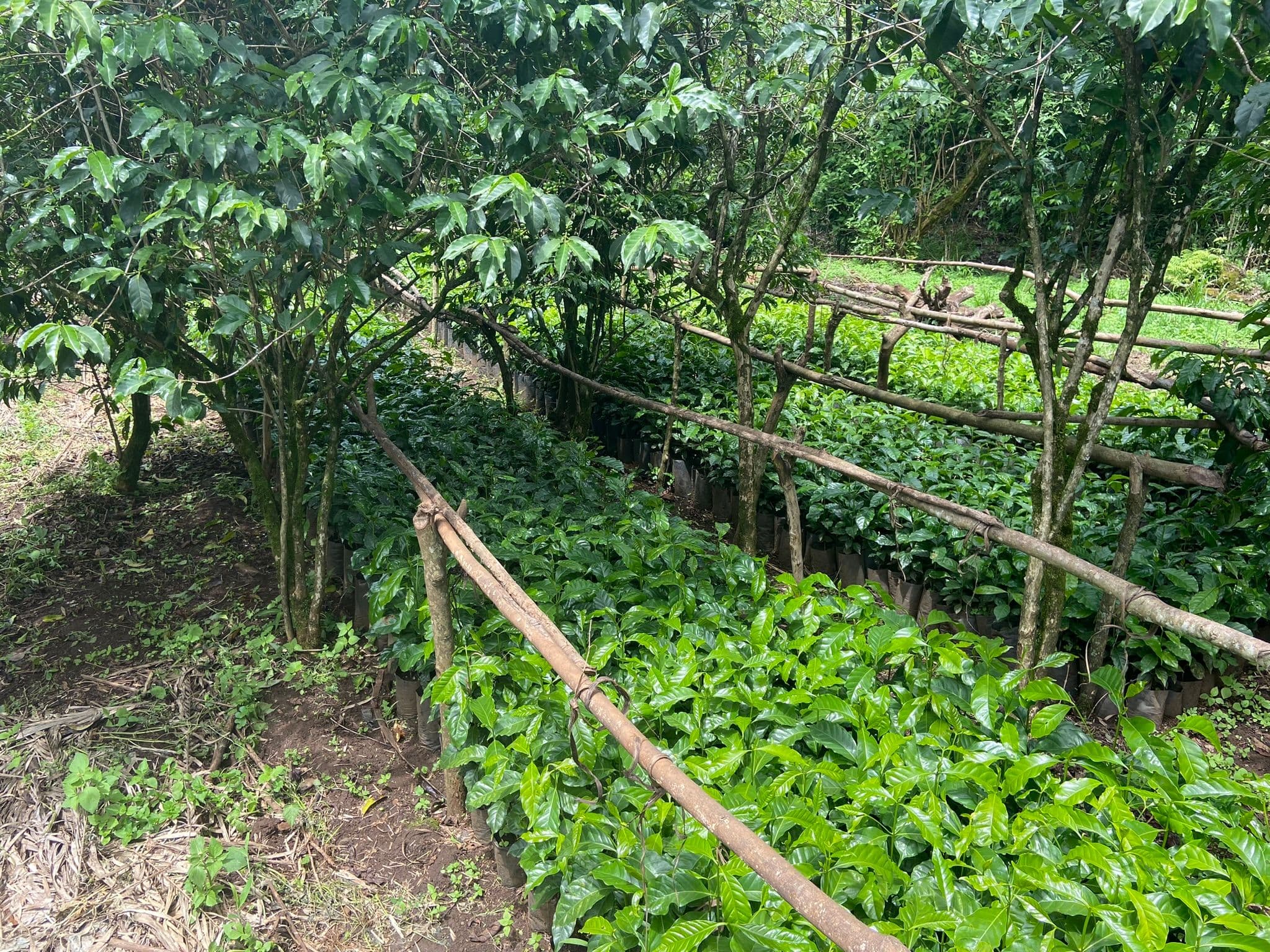
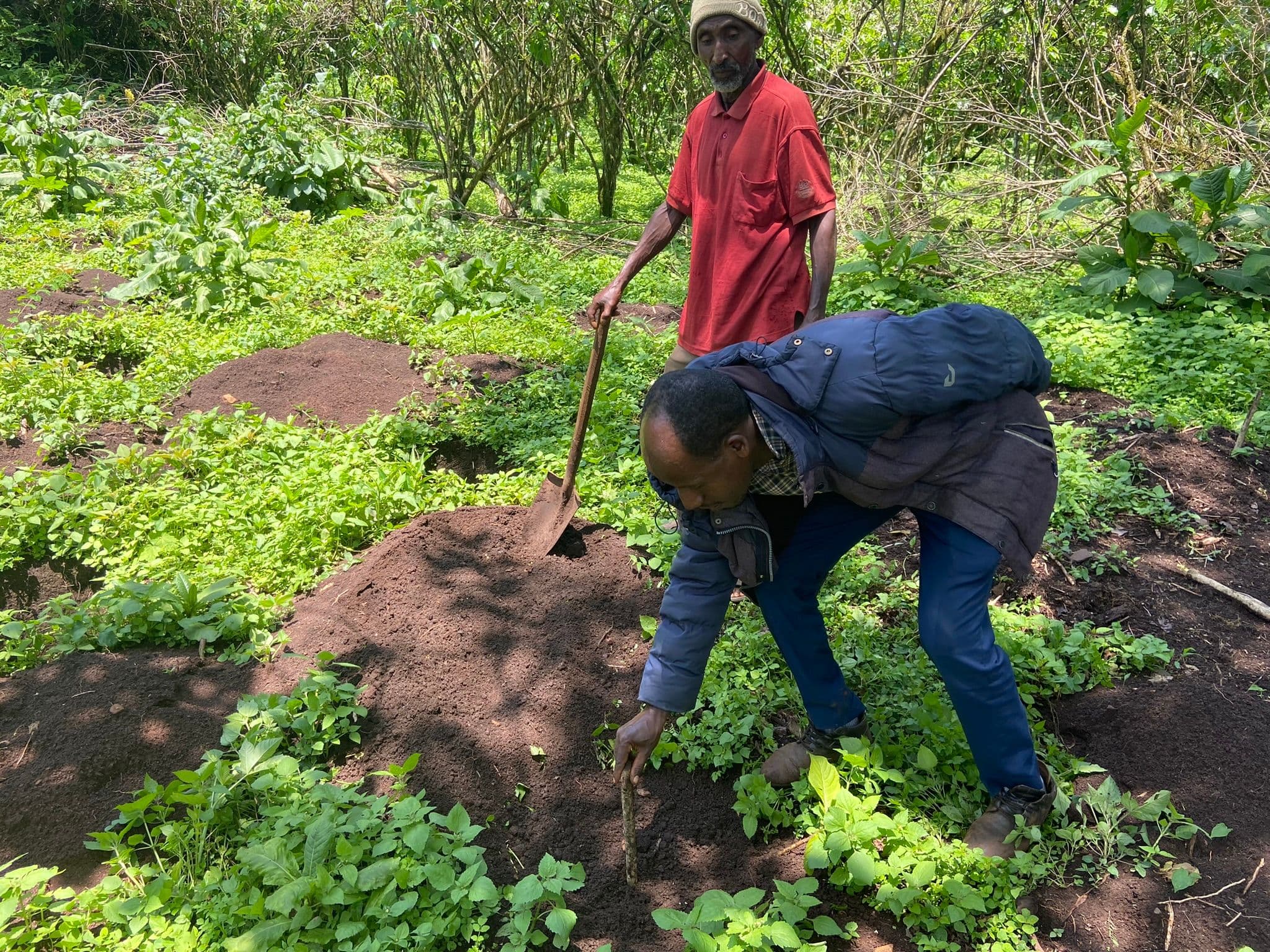
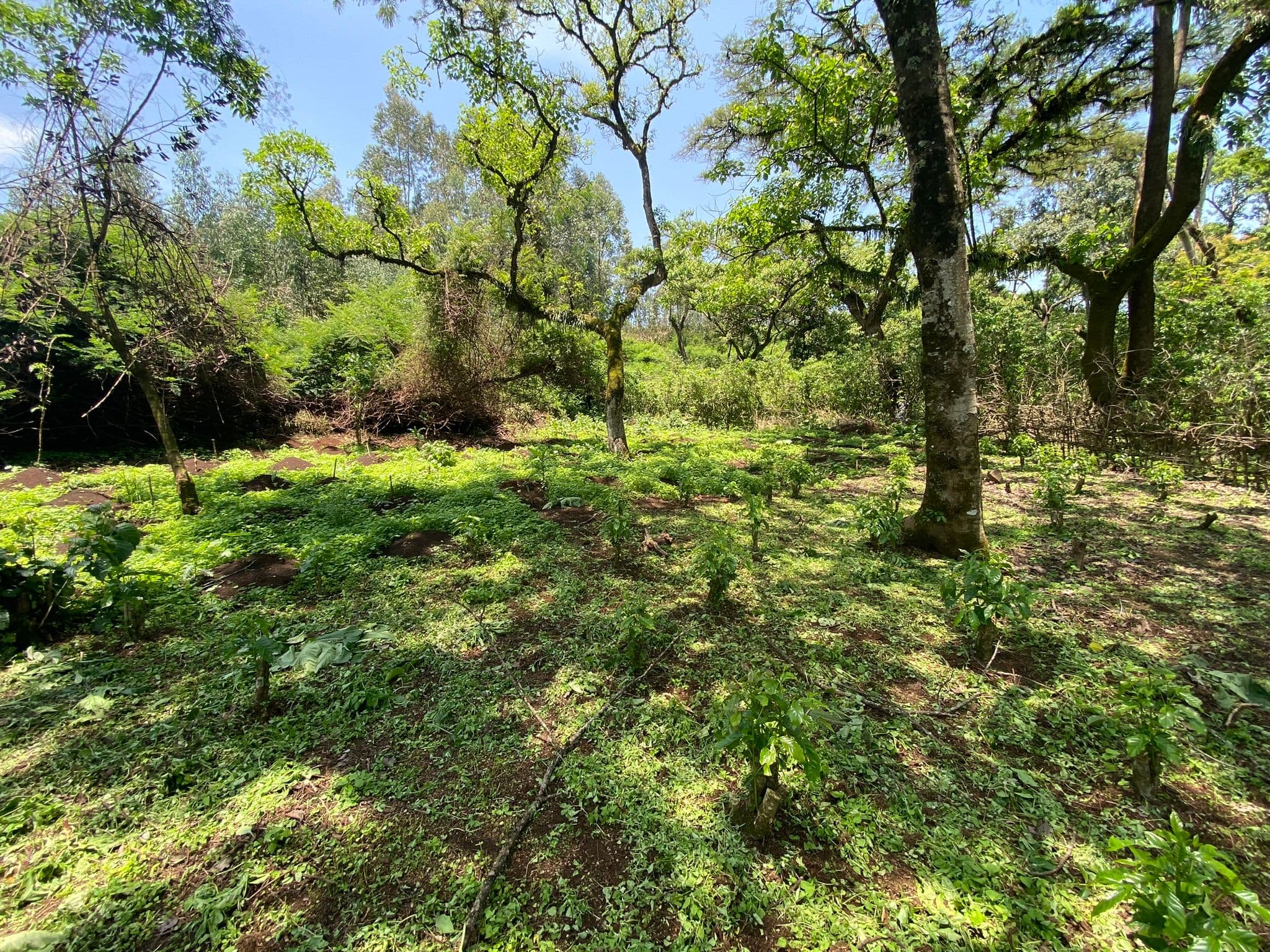
The governance structure of the project matches that of the implementing organizations as it too guarantees a strong scientific impetus: The national governing body is the Ethiopian Biodiversity Institute (EBI) and international governance is provided by the International Union for Conservation of Nature(IUCN), a membership Union composed of both government and civil society organizations. And although research-based-practices have not been and cannot be researched in a controlled setting they are developed based on the best research available in the field. This means that practitioners can feel confident that their strategies and activities included in the program have a well-founded scientific basis for their use.
While the core area of the Yayu Coffee Forest Biosphere Reserve accounts for 27,733 hectares (16.6 % of the whole expanse) and the buffer zone encompasses 21,552 ha (12.9 %) respectively, the bulk of the reserve consists of the transition zone 117,736 hectare (Source) . "In this transition zone, coffee and other crops are allowed to be grown”, Marco Kruse, Program & Partnership Manager of the implementing Hanns R. Neumann Stiftung (HRNS) explains.” Within its borders “we are teaching more than 8,500 coffee farming households in the project how to increase their productivity with the area that is at their disposal". Kruse emphasizes the last part of this sentence to signal that a possible extension of farmlands is not on the agenda.
In order to raise productivity of and income from coffee farming Kruse does not favour intensification of the production like enhancing pest controlling activities or the like. "It's not necessarily intensification. It's more about climate-adapted farming methods like rejuvenation of coffee plants”, he explains. “Because coffee plants in the area and in Ethiopia in general are often very old”, Kruse details. “However, there is a possibility to rejuvenate coffee plants so that the farmers can increase productivity (…) after one or two years. This is a good, relatively effective option to increase productivity without intensifying.”
Besides rejuvenation, new coffee trees are planted. But this is easier said than done. The participating farmer families have dug 132,000 holes for new coffee trees so far. To ensure optimal growth, the smallholder families learned to arrange their rows of coffee trees with proper spacing: 2 meters between rows and 1.5 meters between each tree, giving each coffee tree 3 square meters to grow. Proper, scientifically researched and site-optimized distancing of coffee trees has numerous benefits:
- Optimal growth conditions for healthy coffee trees;
- Prevention of diseases through improved air circulation;
- Efficient harvesting and maintenance;
- Effective weed control.
Shade Management in coffee forests
Another aspect that needs scientific consultation is the shade management: New shade trees are being planted to mitigate the effects of climate change on the crop. Suitable tree varieties and their correct spacing are crucial for ecological sustainability and economic success.
The research based approach also enabled the team to select coffee seedlings from the cooperation partner Jimma Agricultural Research Center. It developed a Coffee White Stem Borer (Monochamus leuconotus P., CWB.) resistance improved variety. These amended coffee seedlings, allow the farmers to enhance resilience against the effects of climate change even more.
An additional important inroad to increase incomes from coffee farming without expanding the farming area is improved marketing. “The region has the difficulty that there is no coffee available that is designated as Yayu coffee”, Kruse explains. To remedy this HRNS strives to create a Yayu coffee brand. “This involves geographical identification, which is well known - quite classically - from champagne, for example. Currently there is no good way to identify coffee from Yayu and market it that way”, Kruse continues. “This is a major theme of this project, to give a name to the coffee from the region and make it marketable."
On top of its practical work, HRNS is coordinating the highly collaborative project partners in the Yayu Coffee Forest Biosphere Reserve which are many:
- Ethiopian Coffee and Tea Authority (Government institution);
- Jimma Agricultural Research Center (represented by Ethiopian Institute of Agricultural Research);
- Population, Health and Environment Ethiopia Consortium (local NGO);
- Environment and Coffee Forest Forum (local NGO);
- International Coffee Partners GMBH
Other main stakeholders include:
- The Ministry of Agriculture and deconcentrated Regional Bureaux and District offices;
- The Ministry of Plan and Development;
- Actors from the private sector working on coffee value chain and
- Local communities and their institutions such as Forest Management Cooperatives.
"The point is to make sure that farmers are less motivated to move further into the protected area to grow coffee or other products."
Together with these diverse partners HRNS is contributing to improved environmental resilience, rising farmers’ incomes and enhanced food security in the Yayu Coffee Forest Biosphere Reserve. The application of research-oriented and climate-relevant landscape management systems are part and parcel of the endeavour. Kruse sums it up in the language of the practitioner: "The point is to make sure that farmers are able to improve their economic standing without moving further into the protected area to grow coffee or other products."
